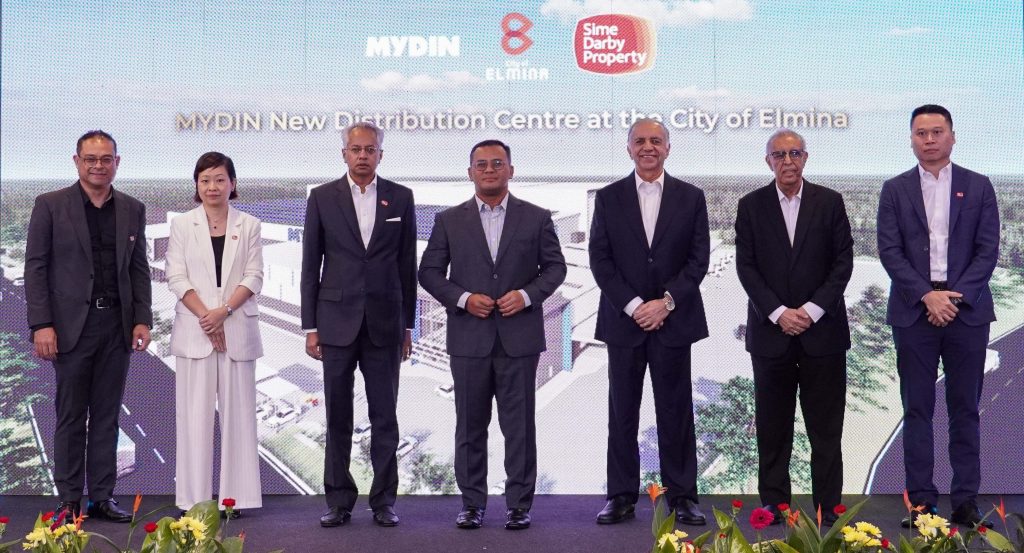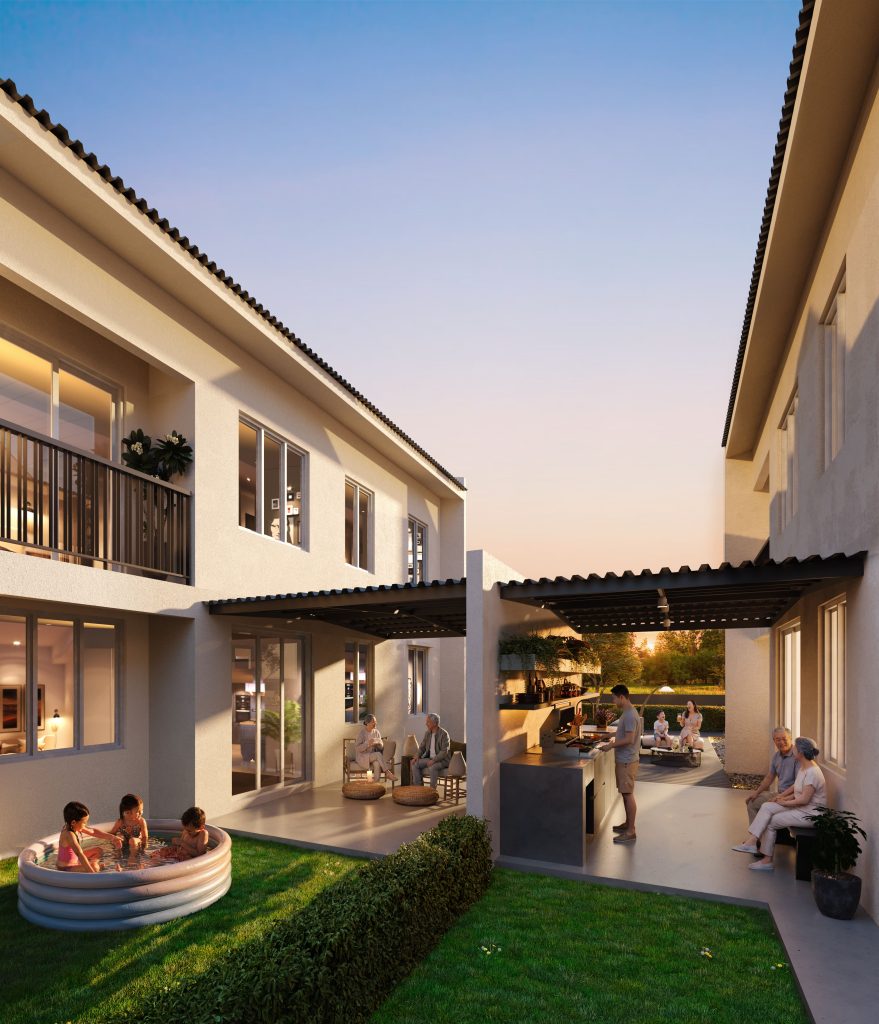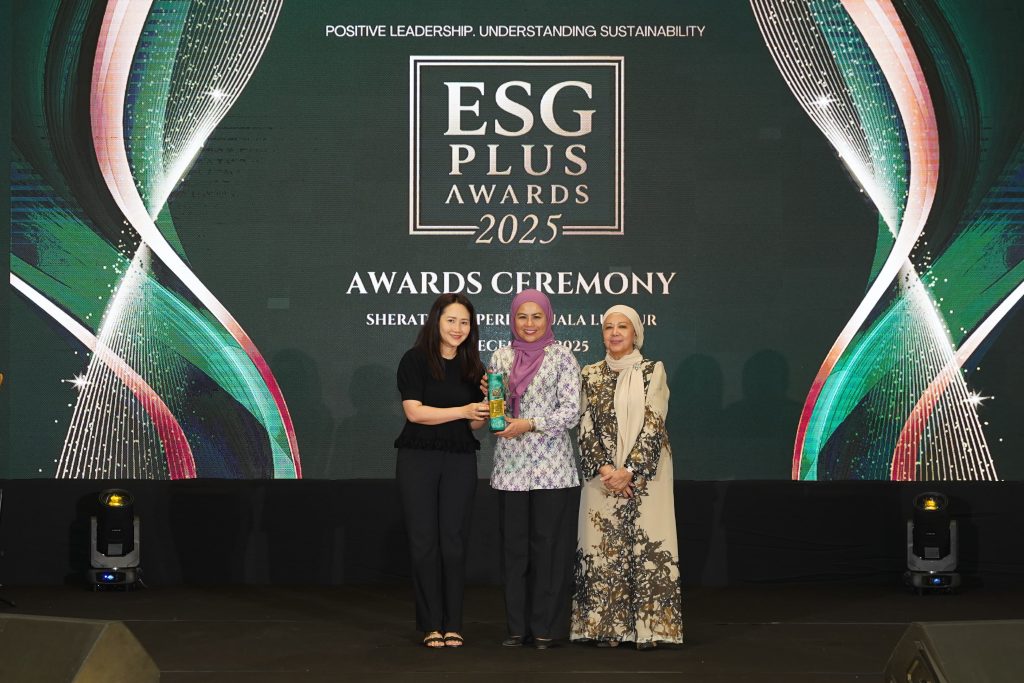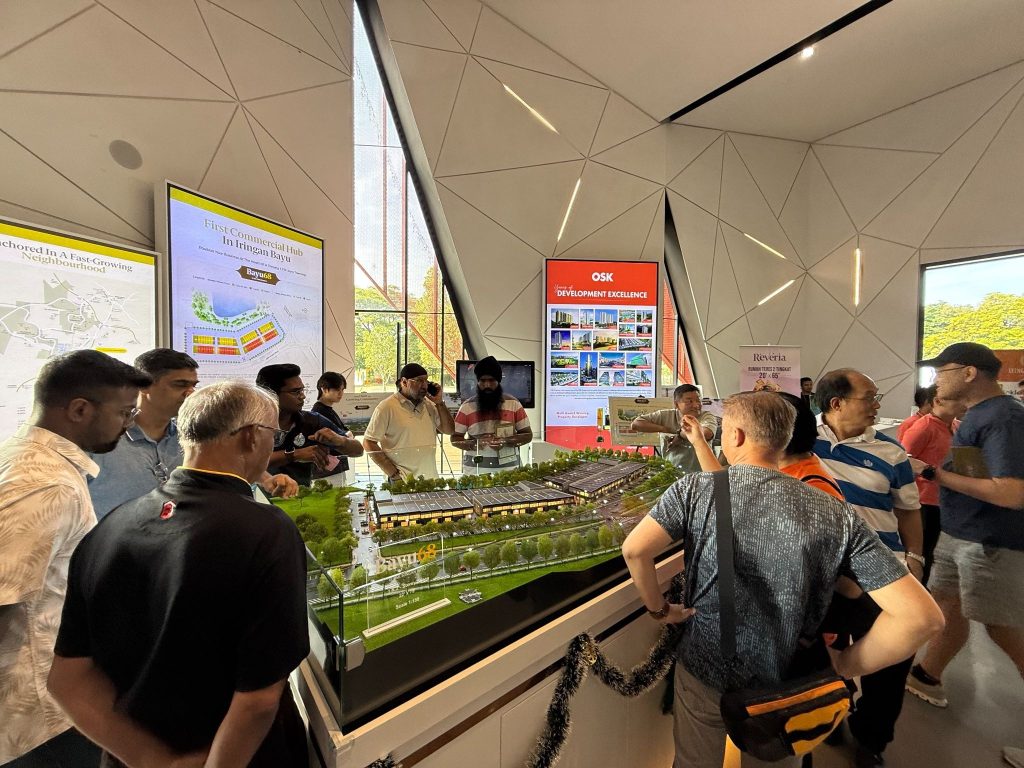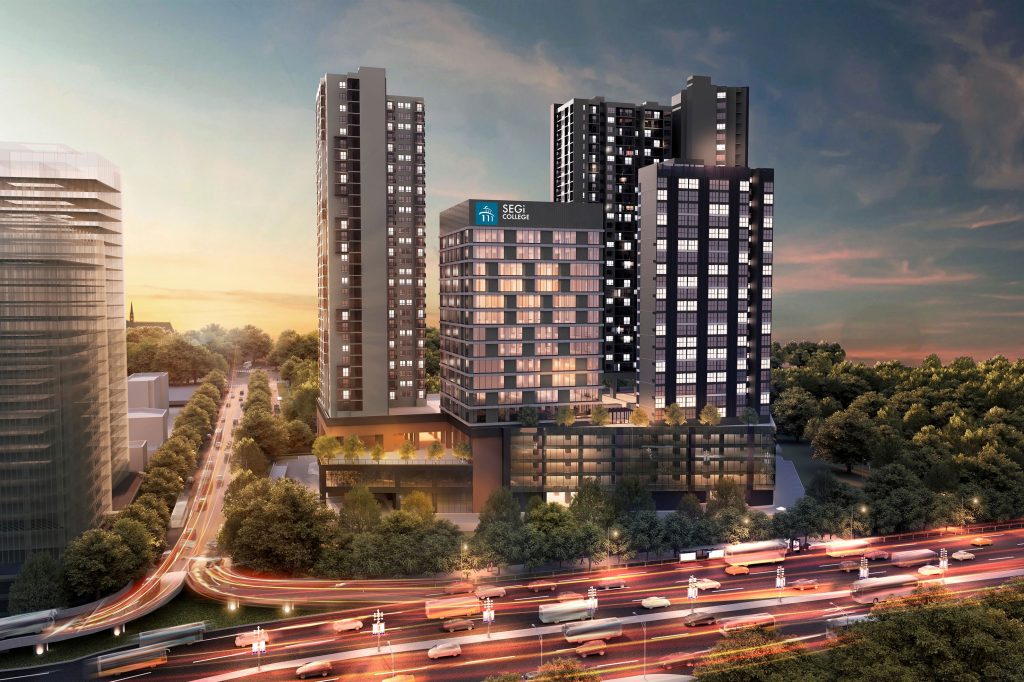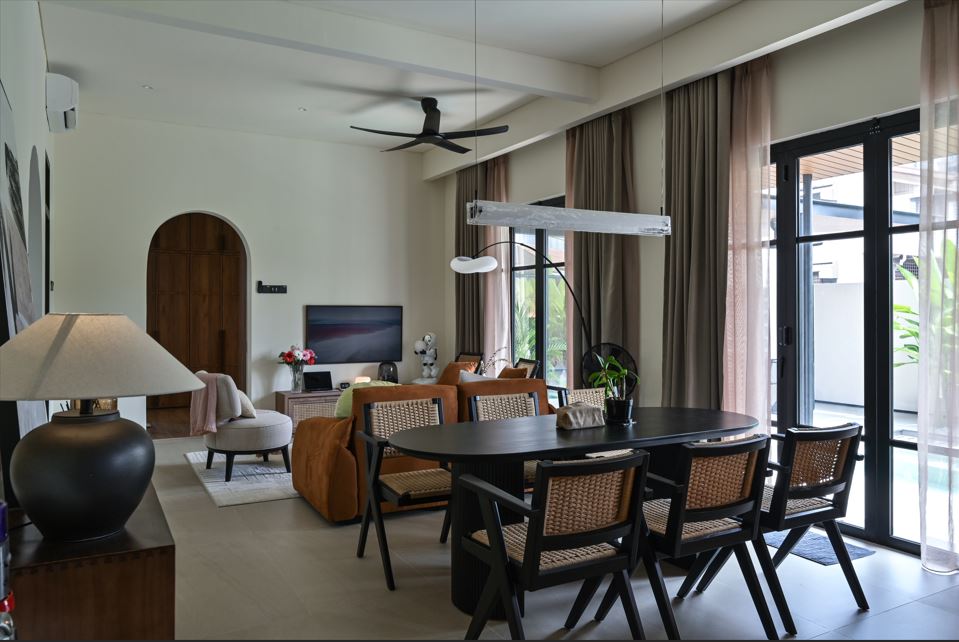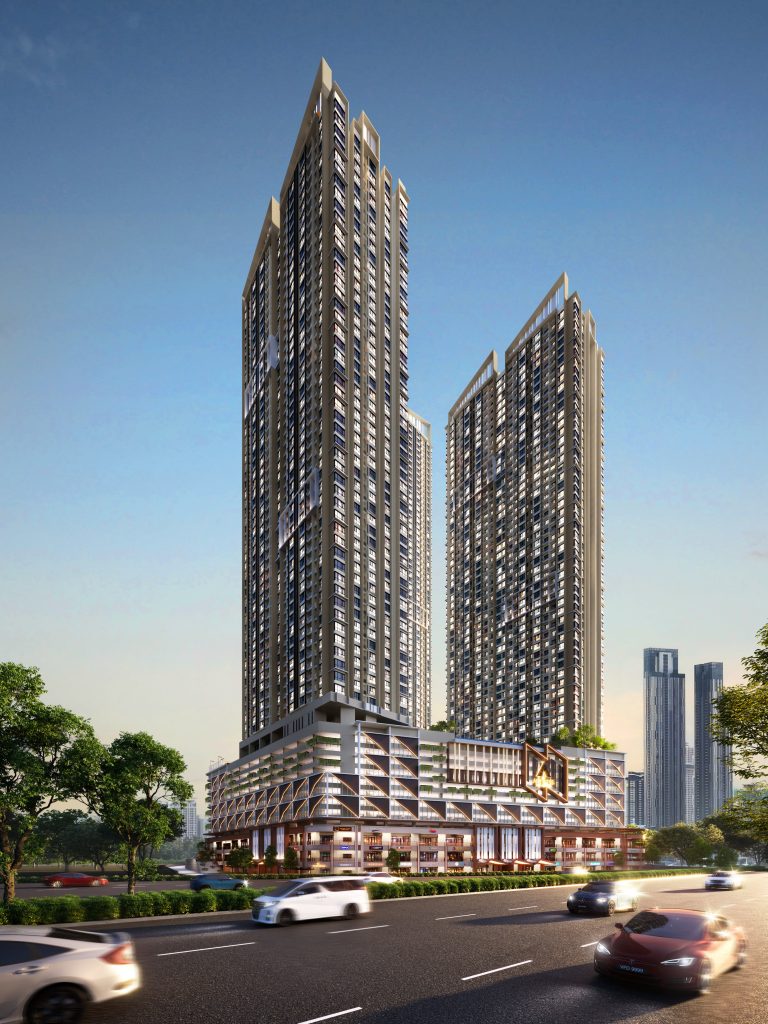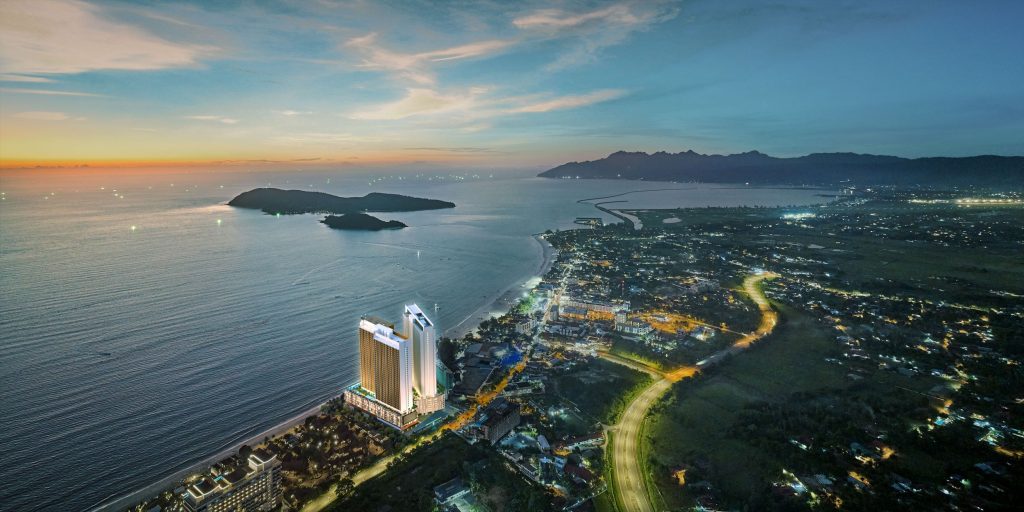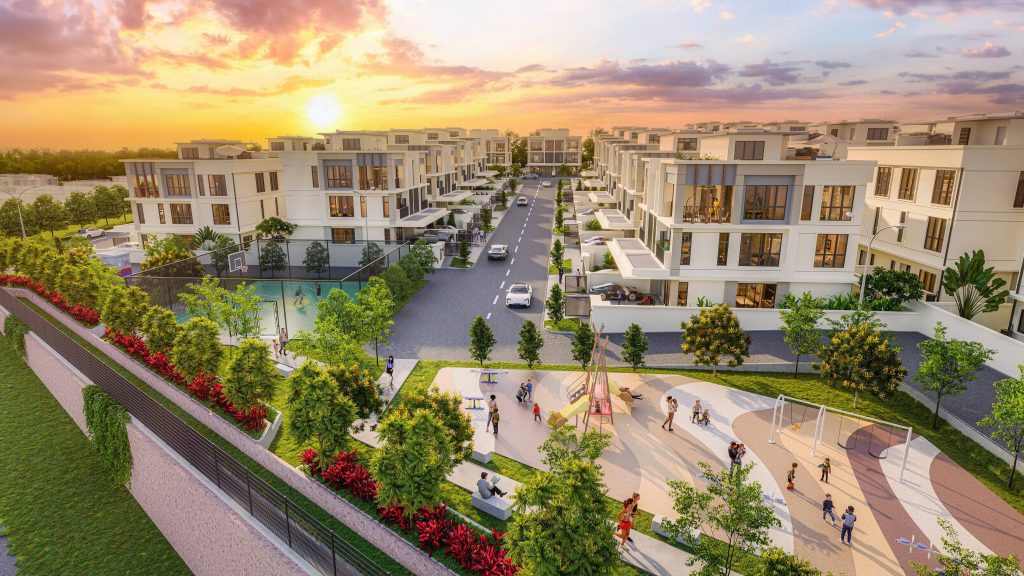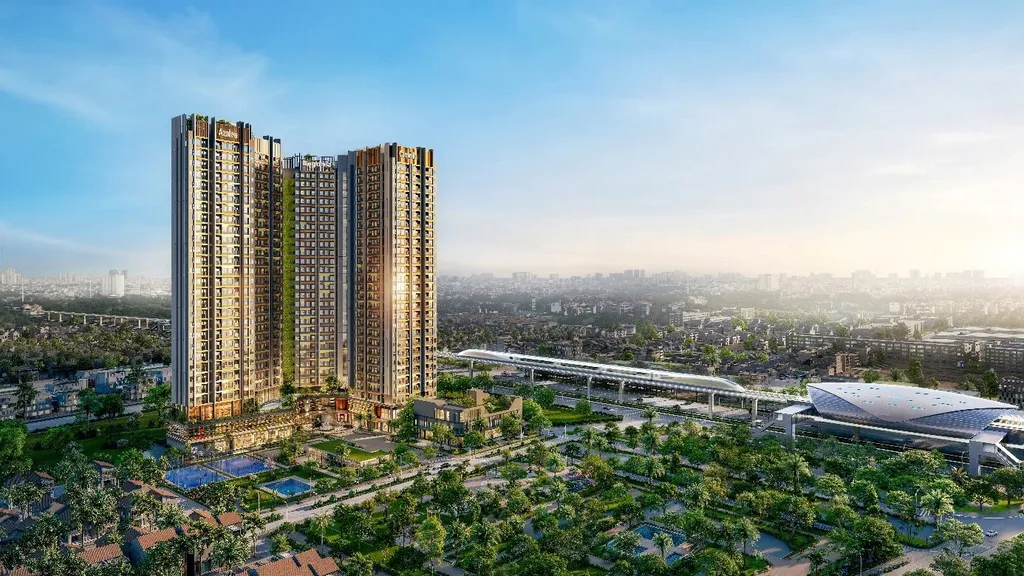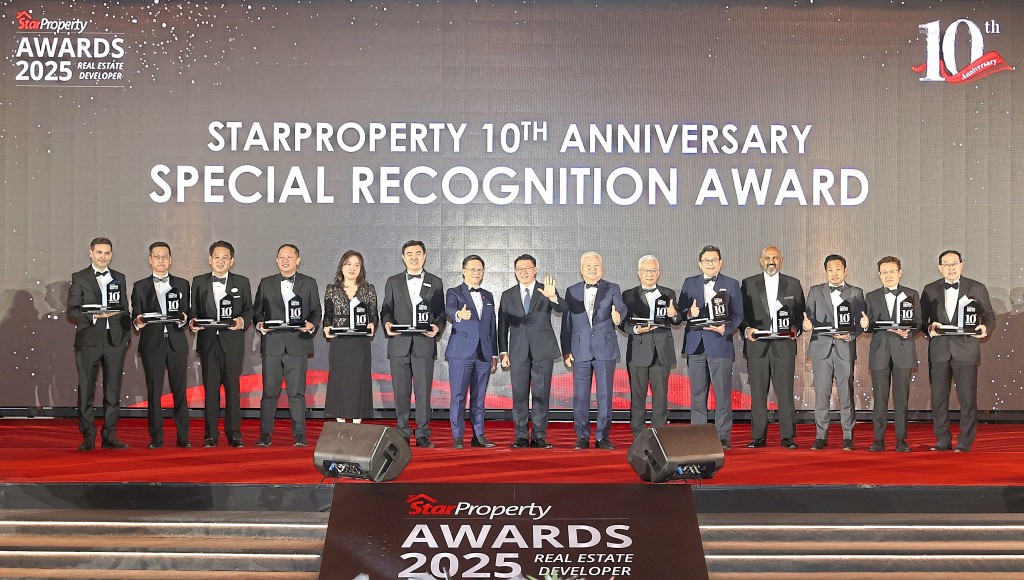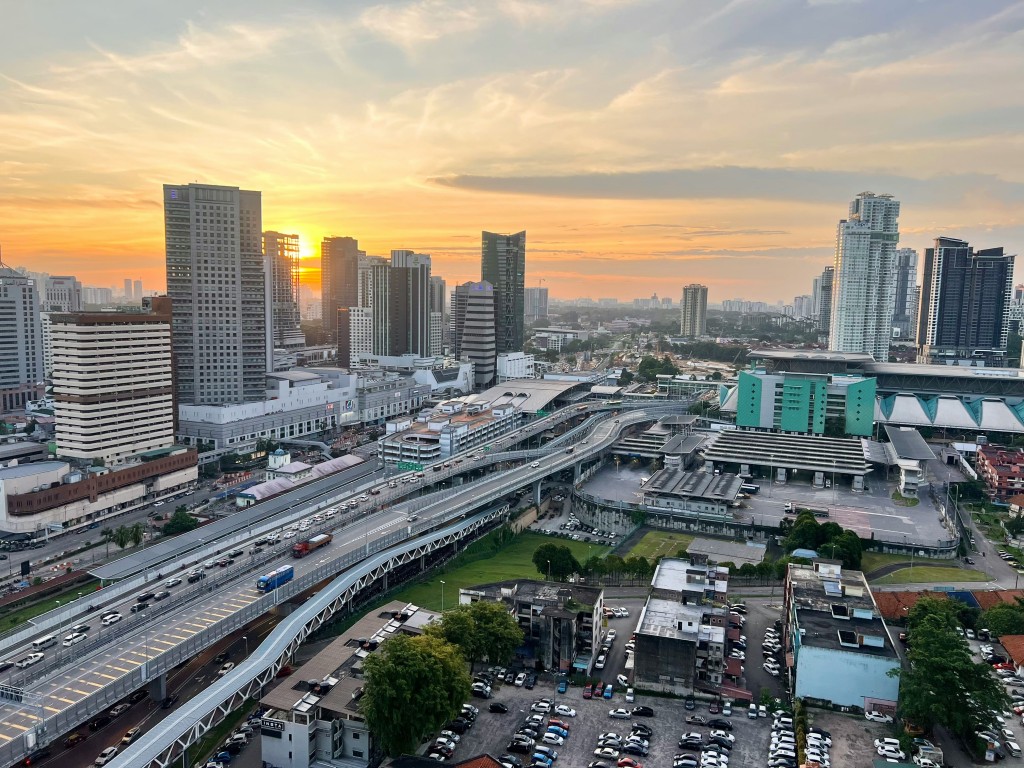
Johor's property market remains an outlier while the effect of tariff and SST expansion was seen in other major regions.
By Yip Wai Fong
KUALA LUMPUR: Tariff tension and SST expansion have had a dampening effect on several property submarkets in Q3 2025, although the residential sector remains stable with demand continuing to flourish in Johor, according to JLL Malaysia.
Klang Valley’s residential market has recorded an upward price trend of 3% for apartments and condominiums, 1.8% for serviced apartments and 1.9% for double-storey terrace homes.
The upward trend is also evident in Georgetown, with apartment and condominium prices increasing by 1.6%. However, the serviced apartment market in Georgetown has seen a cooling off, with prices increasing marginally at 0.1%. Prices for double-storey terrace homes grew 1.6% overall from Q1 to Q3 2025.
The residential sector in Johor remained an outlier, with prices for apartments and condominiums increasing by 3.1%, serviced apartments by 20.8% due to new launches and transactions of high-end developments and double-storey terrace homes prices increasing by 10.2%.
Managing director Jamie Tan said the residential sector momentum is expected to step up further with the cut in Overnight Policy Rate (OPR).
“With the recent OPR reduction, we are expecting positive improvements in terms of transaction volumes and values for Q4 2025,” he said.
Slower demand in industrial, logistics and office markets
The industrial and logistics property submarket was under the weather as uncertainty about US tariffs and SST extension to lease agreements caused companies to adopt a cautious and cost-conscious approach.
Net vacancy for industrial spaces in Greater Kuala Lumpur and Negeri Sembilan stood at 6.3%, an increase from 3.6% in Q2 2025. Net absorption stood at 172,093 sq ft, compared to 2,141,222 sq ft in Q2 2025.
Penang is also affected by sentiment, with the vacancy rate remaining at 5%, which is similar to Q2 2025. However, JLL Malaysia logistics and industrial division’s Derek Yap said the Penang market has been picking up lately.
“Occupiers had adopted a cautious wait-and-see stance, deferring decisions while monitoring how the situation unfolds. Having said that, we are observing activities picking up in Q4 with businesses moving forward,” he shared.
Despite the uncertainty, Johor has stood resilient with warehouse rental rates having increased substantially due to heightened investor demand, particularly from Singapore and China. However, vacancy rates vary from 2% to as high as 10% depending on locations.
In the data centre market sector, JLL Malaysia data centre transactions and capital market division’s Sum Chun Kit said the market is entering a strategic consolidation phase as it integrates substantial new capacity and completes critical infrastructure upgrades. While this may create short-term market adjustments, the long-term outlook remains exceptionally strong, with growth by the end of 2026 projected to reach 1,850MW. Current capacity as of Q3 2025 stood at 850MW.
“Vacancy rates of Malaysian data centres remain low,” Sum remarked.
Although similarly affected by poor sentiment, the office market in Greater Kuala Lumpur saw improved absorption of 560,000 sq ft compared to 430,000 sq ft in Q2 2025. However, the overall vacancy rate was 16.6%, compared to 15.7% in Q2 2025. JLL Malaysia also noted that the tenant decision-making process remained slow and cautious due to the SST hike and global policy tension.
Nevertheless, average rent increased slightly in Q3 2025 to RM6.78 psf per month, which reflects the continuing flight towards green, modern buildings.
“Properties with strong ESG credentials and energy efficiency will command premium valuations while older commercial assets may face competitive pressure without green retrofits,” said head of research and consultancy Yulia Nikulicheva.
On the recent Budget, Tan commented positively, saying that it is a strategic framework to reshape the nation’s overall real estate landscape.
“Budget 2026’s strategic focus on high-value sectors, combined with new US trade agreements and Malaysia’s Asean chairmanship, creates a powerful foundation for sustained economic growth. We anticipate these measures will maintain stable labour market conditions and support continued income growth, which should fuel steady demand across the real estate markets,” he said.

Tan said the residential sector is expected to expand in both transactions and value, thanks to the reduction in OPR.

Yulia said commercial properties with strong ESG credentials and energy efficiency will command premium valuations.

While market demand for prime industrial and logistics space softened in Q3 2025, the market has seen improvement lately, Yap said.

The data centre market is entering a strategic consolidation phase as it integrates new capacity and critical infrastructure upgrades, Sum said.
Stay ahead of the crowd and enjoy fresh insights on real estate, property development and lifestyle trends when you subscribe to our newsletter and follow us on social media.


